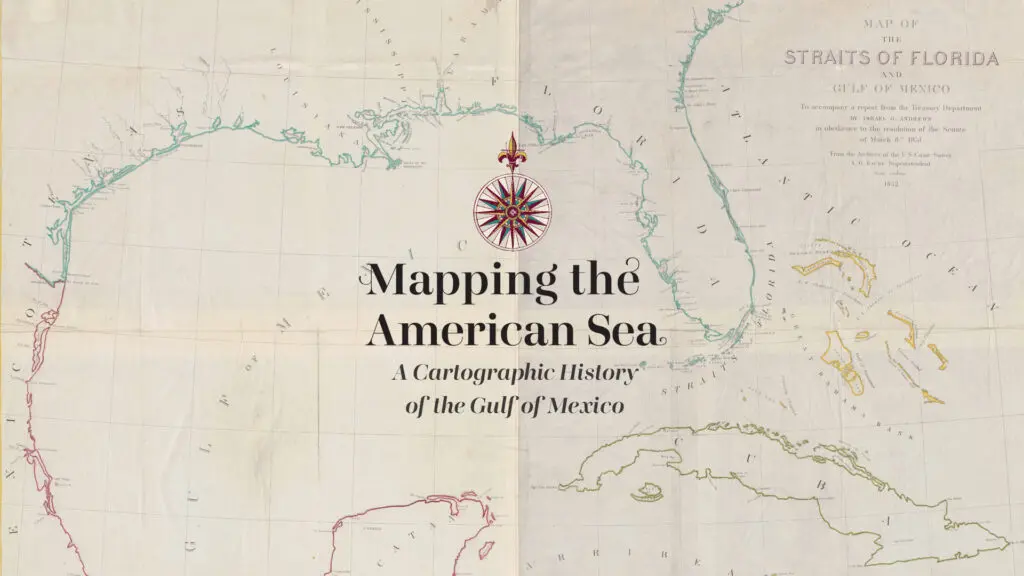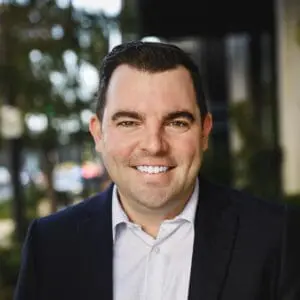A new exhibit features rare map–the first to show Florida

(TAMPA, July 26, 2024) – A handful of Florida maps have reached an international level of importance, and this is one of them.
Following his conquest of the Aztec Empire in 1522, Hernán Cortés wrote a lengthy letter to Spain’s King Charles V explaining his actions. This letter and a map were printed and bound in book form in Germany two years later. The map represents two great achievements in New World cartography. It is the first map to show any city in North America – the Aztec capital of Tenochtitlán [teh-nohch-tee-tlahn]. The second feature on the map is equally important as it is the earliest printed map with the name Florida and the first accurate map of the Gulf of Mexico.
This rare map (and book) will be unveiled to the public for the first time in Florida in a new exhibit called Mapping the American Sea: A Cartographic History of the Gulf of Mexico.
The exhibit seeks to reset that narrative and place the Gulf States, particularly Florida, along with Mexico and Cuba, in their proper context as crucial players in the history and development of the United States and North America.
MEDIA PREVIEW: Join Visit Florida’s Dana Young and History Center leadership for a first look at this new exhibition, a rare addition to the Touchton Map Library. Interviews will immediately follow a 30-minute 2 p.m. press conference inside the Touchton Map Library’s Saunders Foundation Gallery. Call 813-361-2112 to schedule interviews before 2 p.m.
WHEN: Thursday, Aug. 1, 2024, at 2 p.m. (plan to arrive by 1:50 p.m.)
WHERE: 801 Water Street, Tampa, FL 33602
WHO:
- Dana Young, President and CEO, Visit Florida
- Tom Touchton, Board of Trustees Founding Chair, Tampa Bay History Center
- C.J. Roberts, President and CEO, Tampa Bay History Center
- Rodney Kite-Powell, Dir. of the Touchton Map Library, Tampa Bay History Center
The Touchton Map Library collection now includes three of the most significant maps in the state’s history. Peter Martyr’s 1511 map of the Caribbean was the first to show any part of Florida. Baptista Boazio’s 1588 view of St. Augustine was the first to show any city in the present-day U.S., and now Hernán Cortés’ 1524 Second Letter to King Charles V of Spain with the Map of Tenochtitlán and the Gulf of Mexico is the first to put a name to the future Sunshine State.
“I’m continually amazed at the generosity of our donors and the Tampa Bay community,” said C.J. Roberts, President and CEO of the Tampa Bay History Center. “This addition to an already world-class collection of maps is one of the most significant and truly a treasure for the State of Florida.”
“The acquisition of this map lifts the Touchton Map Library and the Tampa Bay History Center into a very small group of institutions–both nationally and internationally–whose collections include such important artifacts,” said Rodney Kite-Powell, Dir. of the Touchton Map Library. “Just think, before this map was published 500 years ago, no map printed on Earth had the name Florida on it. The information on this map, as seemingly limited as it is, broke new cartographic ground and helped to usher in a new wave of European exploration and conquest.”
The Hernán Cortés letter with accompanying map was purchased through the generosity of Tom Touchton, Nancy and Bob Bolt, and Nell Ward.
Mapping the American Sea: A Cartographic History of the Gulf of Mexico opens Saturday, Aug. 3, 2024, at the Tampa Bay History Center on Water Street.
About the Tampa Bay History Center
Located on Tampa’s Water Street, the Tampa Bay History Center includes three floors of exhibition space focusing on 12,000 years of Florida’s history and culture. A Smithsonian Affiliate museum accredited by the American Alliance of Museums, the History Center includes the Touchton Map Library and Florida Center for Cartographic Education, and the Witt Research Center, and is home to the Columbia Cafe. One of Tampa’s premier cultural venues, the History Center’s interactive exhibits and theaters provide an entertaining and educational experience for visitors of all ages. For more information, visit www.tampabayhistorycenter.org.


